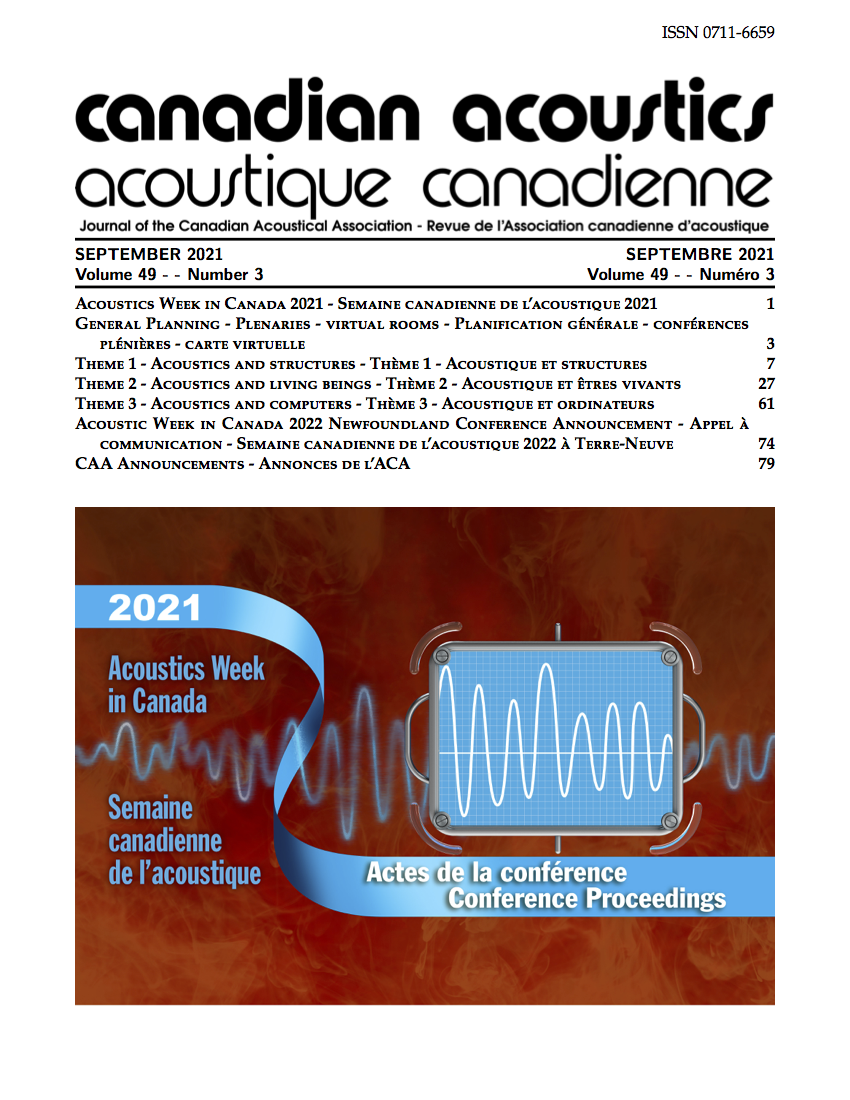Biomechanical simulation of lip compression and spreading
Abstract
Researchers have proposed that human movements exploit regions of biomechanical stability, allowing targets to be reliably achieved in the face of noisy, everyday conditions (e.g., Loeb 2012). Previous biomechanical simulation studies have demonstrated that this property holds for various speech postures of the lips (Stavness et al. 2013; Gick et al. 2020). These studies, however, have omitted two cross-linguistically common lip postures: compression, where the aperture between the lips is narrowed without accompanying protrusion (e.g., Catford 1982), and spreading, where the corners of the lips are drawn back. Previous empirical work has met with difficulty in quantifying the muscle activations that generate these postures due to the interdigitation of lip muscles (Blair and Smith 1986). The present study presents biomechanical simulation results using the Artisynth platform, which allows movements of the face and vocal tract to be simulated as a function of muscle activation (Lloyd et al. 2012). These simulations identify muscle groupings sufficient to produce lip compression and spreading, and provide insight into which of these groupings generate the quantal properties observed in other lip postures. The results complement past experimental findings, and provide a starting point for future modeling and experimentation.Additional Files
Published
How to Cite
Issue
Section
License
Author Licensing Addendum
This Licensing Addendum ("Addendum") is entered into between the undersigned Author(s) and Canadian Acoustics journal published by the Canadian Acoustical Association (hereinafter referred to as the "Publisher"). The Author(s) and the Publisher agree as follows:
-
Retained Rights: The Author(s) retain(s) the following rights:
- The right to reproduce, distribute, and publicly display the Work on the Author's personal website or the website of the Author's institution.
- The right to use the Work in the Author's teaching activities and presentations.
- The right to include the Work in a compilation for the Author's personal use, not for sale.
-
Grant of License: The Author(s) grant(s) to the Publisher a worldwide exclusive license to publish, reproduce, distribute, and display the Work in Canadian Acoustics and any other formats and media deemed appropriate by the Publisher.
-
Attribution: The Publisher agrees to include proper attribution to the Author(s) in all publications and reproductions of the Work.
-
No Conflict: This Addendum is intended to be in harmony with, and not in conflict with, the terms and conditions of the original agreement entered into between the Author(s) and the Publisher.
-
Copyright Clause: Copyright on articles is held by the Author(s). The corresponding Author has the right to grant on behalf of all Authors and does grant on behalf of all Authors, a worldwide exclusive license to the Publisher and its licensees in perpetuity, in all forms, formats, and media (whether known now or created in the future), including but not limited to the rights to publish, reproduce, distribute, display, store, translate, create adaptations, reprints, include within collections, and create summaries, extracts, and/or abstracts of the Contribution.


